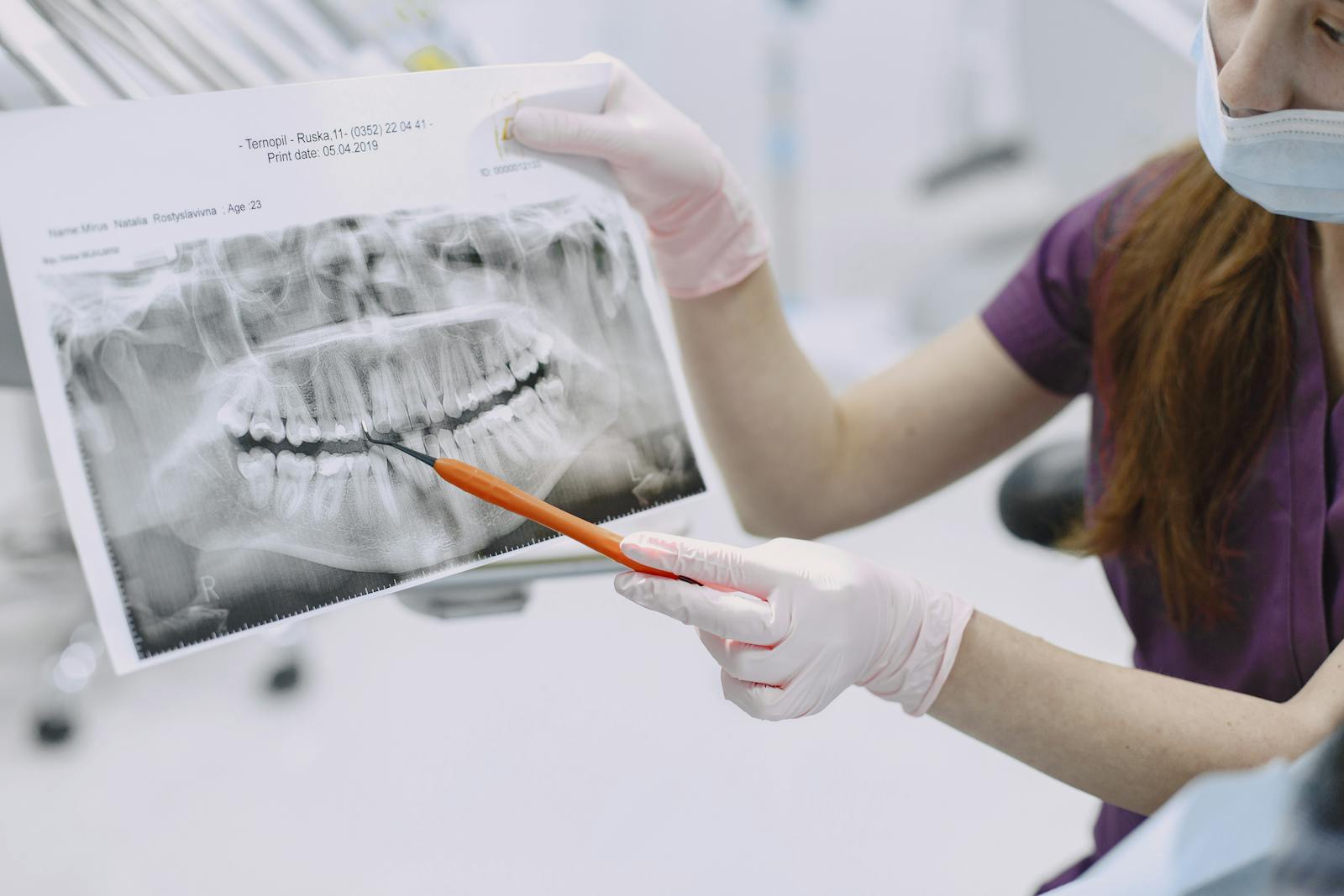Have you ever wondered about the differences between modern diagnostic techniques such as cone beam computed tomography (CBCT) and traditional X-rays in the dental field? In this article, we will take a closer look at how CBCT differs from traditional X-ray technologies and why it is a valuable tool in the medical field.
You will learn the advantages and limitations of each method. Practical guides will also be provided to help you better understand when and why to choose CBCT or dental digital xray machine CBCT over regular x-ray (x-ray). Get ready to deepen your knowledge of these fascinating technologies!
CBCT vs X-Ray: Fundamental Differences.
Cone-beam computed tomography (CBCT) and traditional x-ray (x-ray) are two diagnostic technologies that have revolutionized the way medical professionals – particularly in the dental field – diagnose and plan treatment. At first glance, the two methods may seem similar, as they both use x-rays to create images of the inside of the body.

The key difference between CBCT and traditional X-ray lies in the type and quality of images it is able to generate.
While a standard X-ray produces two-dimensional (2D) images, CBCT provides a three-dimensional (3D) representation of the structure of the area being examined. With this key difference, CBCT offers a more detailed and comprehensive view of a patient's anatomy, which is crucial in planning precise medical and dental procedures.
Advanced Diagnostics: Dental Digital X-Ray Machine CBCT Explained.
The advanced dental digital xray machine CBCT is a device that is revolutionizing diagnostic capabilities in dentistry. It is a superhero among dental tools, thanks to its ability to provide precise, three-dimensional images of dental structures, soft tissues, nerves and bone in a single scan.
The advanced CBCT modules, designed specifically for dental needs, enable not only increased diagnostic accuracy, but also help plan complex procedures such as dental implants and extractions, as well as assess the condition of the jawbone and diagnose periodontal disease.
With a lower radiation dose compared to conventional CT systems used in hospitals, dental digital xray machine CBCT offers a safer diagnostic option, tailoring the technology to the patient's needs while minimizing risks.
CBCT Dental X-Ray: How It's Different from Traditional X-rays .

CBCT dental x-rays are clearly distinguished from traditional x-rays by their ability to produce three-dimensional images. Traditional x-rays, which have been used in dental practices for years, offer two-dimensional images that may not fully reveal the complex condition of teeth or bone.
As a result, diagnostics based on ordinary X-rays are not always accurate enough to accurately plan treatment. In contrast, CBCT provides a detailed view of a patient's three-dimensional oral structure without guesswork or interpretation.
The ability to look at every plane of a tooth or piece of bone allows dentists to more accurately assess a patient's condition and, in turn, choose the most appropriate treatment method. This makes CBCT an invaluable tool in modern dental diagnostics.
When to Choose CBCT over Plain X-ray? Practical Advice.
The decision to choose CBCT over traditional X-ray should be dictated by the specifics of the case and the diagnostic needs.
Here are some situations in which CBCT may have an advantage:
- implant treatment planning: CBCT offers accurate bone dimensions and a detailed image of the teeth, essential for precise implant placement.
- Diagnosing periodontal disease: Three-dimensional images help assess the severity of disease and aid in treatment planning.
- Wisdom teeth assessment: CBCT allows assessment of the position of wisdom teeth in relation to other teeth and nerves, which is crucial before extraction.
- Orthodontic treatment: Precise images make it easier to plan tooth movement and select appropriate orthodontic measures.
Only a few examples are shown above. The final decision should always be discussed with the dentist, who will take into account the individual needs of the patient.
Considering Safety: Limitations and Advantages of CBCT and Traditional X-Ray.
Patient safety is paramount, so it is important to understand the limitations and advantages of both diagnostic methods. CBCT, while offering excellent image quality and detail, is associated with a higher radiation dose than traditional X-ray methods.

Therefore, its use should be well thought out and used only when absolutely necessary.
Traditional X-ray, although offering lower image resolution, is still very useful in many aspects of dental diagnosis and has a much lower radiation dose. It is important to base diagnosis on the principle of minimizing risk to the patient and to choose the method that is most appropriate for the particular case.
The Future of Imaging Diagnostics: What CBCT Technology Means for the Dental Industry
CBCT technology is revolutionizing the world of dental diagnostics, opening up new possibilities and setting standards for precision and treatment efficiency.
Qualitative leaps in three-dimensional imaging are giving dentists a tool with which to make more accurate diagnoses, plan procedures more efficiently and offer better treatment outcomes for patients.
As CBCT technology becomes more accessible and powerful, its use can be expected to expand and dentists' methodologies to evolve.
At the same time, as in any branch of medicine, the weight rests on responsible use and a constant effort to minimize risks to patients. The future of diagnostic imaging in dentistry seems bright thanks to the developing CBCT technology, which provides both exceptional precision and potential improvements in standards of dental care.